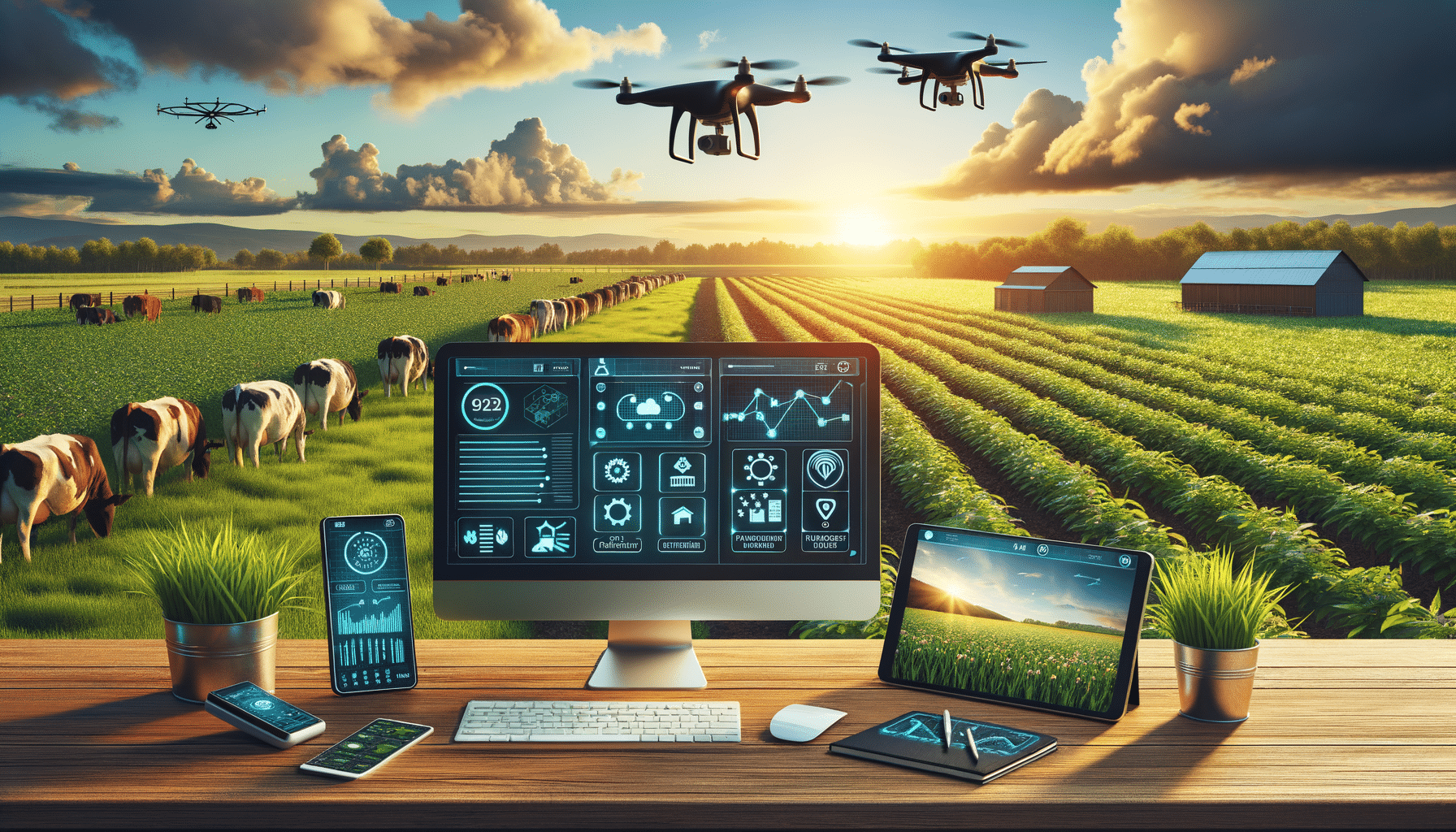
Explore Different Types of Farm Software for Management
Introduction to Farm Management Software
In the modern agricultural landscape, technology plays a crucial role in enhancing productivity and efficiency. Farm management software has become an indispensable tool for farmers looking to streamline their operations and make informed decisions. These digital solutions cater to various aspects of farming, from crop management to livestock tracking, and aim to optimize resources effectively. Understanding the different types of farm software available can significantly assist farmers in their day-to-day operations, ultimately leading to increased yields and profitability.
Crop Management Software
Crop management software is designed to help farmers monitor and manage their crops more effectively. These tools provide insights into various factors such as soil health, weather conditions, and pest control. By leveraging data analytics, farmers can make informed decisions about planting, irrigation, and harvesting. Some key features of crop management software include:
- Real-time weather updates and forecasts
- Soil analysis and nutrient management
- Pest and disease monitoring
- Yield predictions and analysis
By utilizing crop management software, farmers can optimize their input costs, reduce waste, and enhance crop quality. This type of software is particularly beneficial for large-scale operations where manual monitoring can be challenging.
Livestock Management Software
Livestock management software is tailored to the needs of farmers who raise animals, providing tools to track health, breeding, and productivity. This software helps farmers maintain detailed records of each animal, ensuring that they receive proper care and nutrition. Key features of livestock management software include:
- Health and vaccination tracking
- Breeding and genealogy records
- Feed and nutrition management
- Weight and growth monitoring
With livestock management software, farmers can improve the overall well-being of their animals, leading to better yields and increased profitability. This software is particularly useful in dairy and meat production, where animal health directly impacts output.
Resource Optimization Software
Resource optimization software focuses on the efficient use of resources such as water, energy, and labor. These tools help farmers minimize waste and reduce costs by providing insights into resource consumption and identifying areas for improvement. Some features of resource optimization software include:
- Water usage monitoring and management
- Energy consumption tracking
- Labor efficiency analysis
- Cost management and budget planning
By implementing resource optimization software, farmers can achieve sustainable farming practices, reducing their environmental footprint while maximizing profitability. This type of software is especially valuable for farms looking to adopt eco-friendly practices and meet regulatory requirements.
Conclusion: Embracing Technology for Better Farm Management
As the agricultural industry continues to evolve, embracing technology is essential for staying competitive. Different types of farm software offer tailored solutions to address the unique challenges faced by modern farmers. Whether it’s managing crops, tracking livestock, or optimizing resources, these digital tools provide valuable insights and efficiencies that can transform farm operations. By understanding and implementing the right software, farmers can enhance their productivity, reduce costs, and ultimately achieve greater success in their agricultural endeavors.


